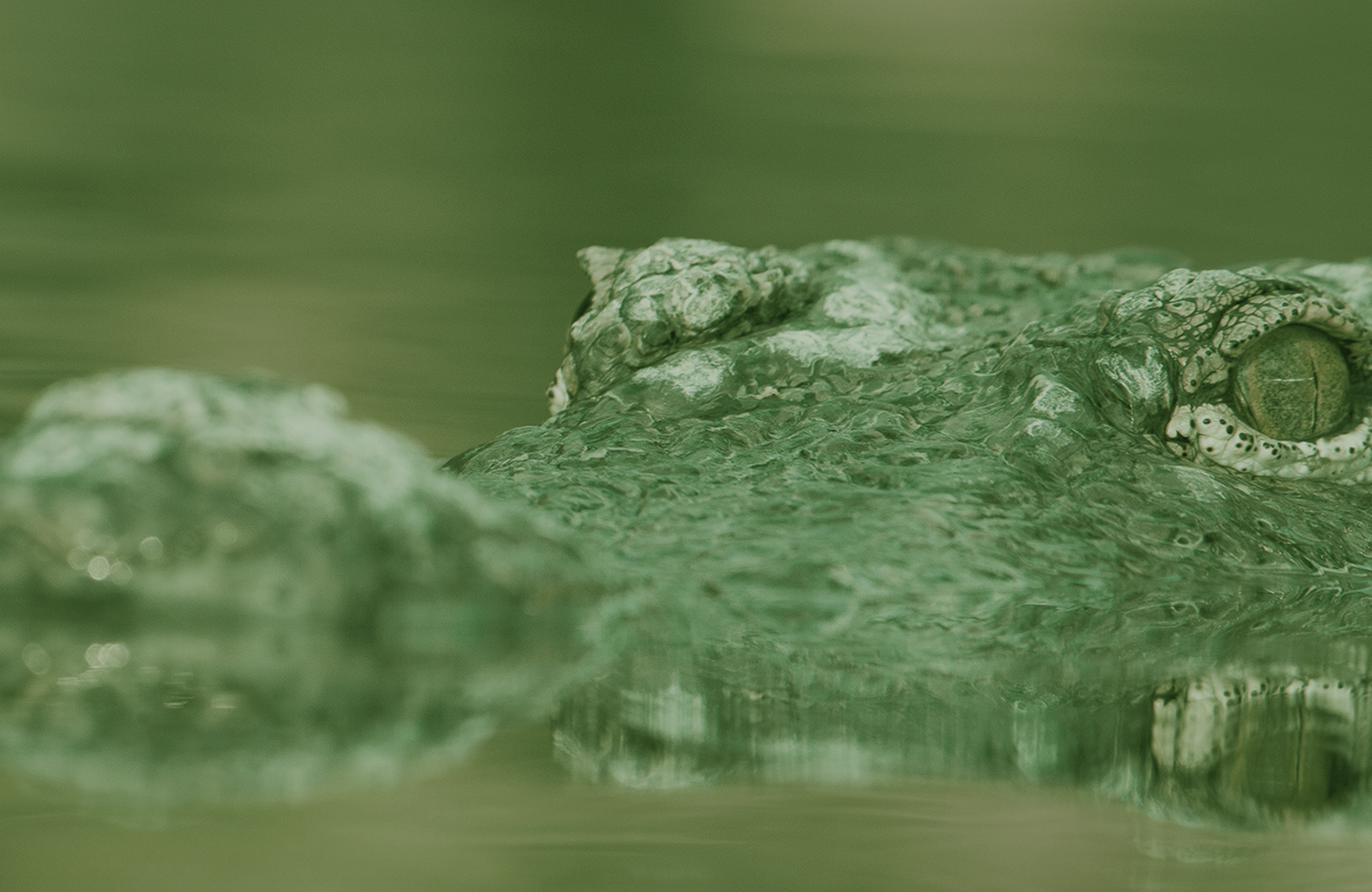This report provides a detailed analysis of the trade data submitted by EU Member States and candidate countries in their annual reports to CITES for 2014.
OVERVIEW OF EU IMPORTS
Artificially propagated leaves and stems, wild-sourced reptile leather products and wild-sourced bark were also imported at notable levels in 2014.
OVERVIEW OF EU EXPORTS
The EU reported just under 200 000 (re-)export transactions in 2014, more than twice the number of imports, these were predominantly re-exports for commercial purposes.
Wild-sourced (re-)exports originating in the EU in 2014 were also mainly for commercial purposes, with the remainder mainly comprising Ursus arctos hunting trophies and trade for scientific purposes. The majority of (re-)exports of Annex A taxa were captive-produced or artificially propagated for commercial purposes, with seeds the most highly traded Annex A commodity.
NOTEWORTHY TRENDS
Trends in EU and candidate country imports of wild-sourced and ranched specimens were considered noteworthy according to the following criteria: high volume (also accounting for global threat status) and/or sharp increases in imports in 2014.
SPECIES VALUATION
For the first time, this analysis developed methodology to estimate the value of plant trade to the EU. To estimate the monetary value of EU trade in animal CITES-listed species in 2014, species-specific value data (submitted to US Customs and included within the US annual report to CITES) were applied to EU-reported import and export volumes. This was done for plants using prices gathered from online commerce websites.
The most valuable commodities by total value were leather products and skins for imports and garments for exports.
The most valuable commodities imported were live plants, bark and timber while export value was dominated by carvings and live plants.
NON-CITES TRADE
EU imports of non-CITES taxa listed in the EU Annexes in 2014 principally comprised Annex D reptile skins, dried plants and plant derivatives, the majority of which were reported without a source or purpose specified. Species imported at notable levels include Homalopsis buccata (Masked water snake), with imports of skins increasing by 14% compared to 2013, and Arctostaphylos uva-ursi (Bearberry), with imports of leaves by weight exceeding 100 000 kg in 2014.
Eight non-CITES Annex A and B taxa were imported by the EU in 2014; as in previous years the top taxon in trade was Trachemys scripta elegans (Red-eared slider), imported as live animals primarily for scientific purposes.
Six non-CITES taxa listed in the EU Annexes were exported in 2014; the majority of trade comprised live, captive-bred Columba livia (Rock dove) traded for commercial purposes.


